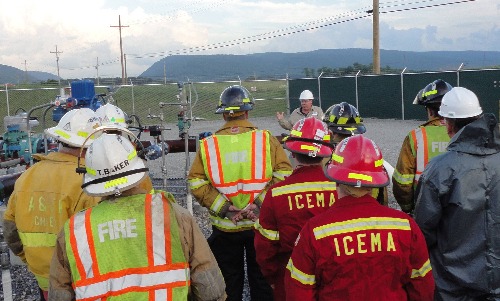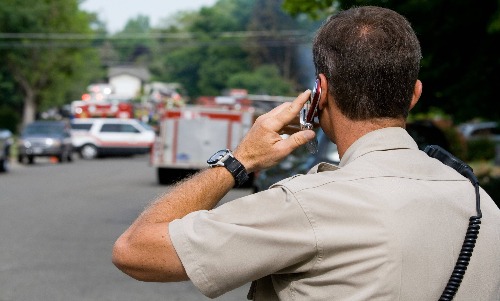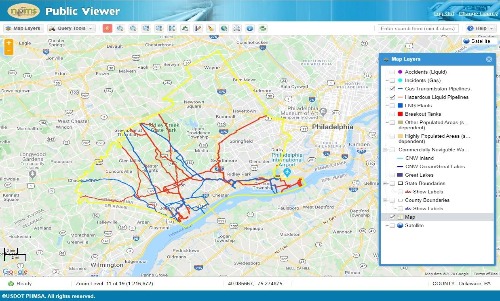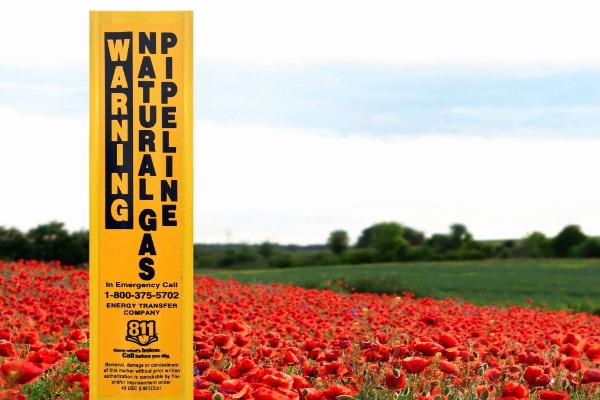Keeping America’s pipelines running safely and efficiently is the number one priority for all pipeline operators.
Pennsylvania’s 93,500+ miles of underground pipelines safely and efficiently deliver the affordable energy that enable our comforts of home and make our modern way of life possible.
Pipelines are also the most environmentally-friendly, efficient and reliable mode of transporting energy products. Studies by the U.S. Department of Transportation show that pipelines surpass both rail and truck in overall safety. From fueling our vehicles and heating our homes, to providing the raw materials that make thousands of items we use every day, pipelines connect us to the energy we rely on.
This PA Pipeline Safety website is designed to provide facts and resources about pipeline safety and emergency response in Pennsylvania’s communities. Leaks from pipelines are unusual, but you should know what to do in the unlikely event one occurs.
-
 Safety Training
Safety TrainingPipeline operators regularly hold training exercises with local first responders and federal authorities to simulate an incident and practice their joint response.
-
 Know, Recognize, Respond
Know, Recognize, RespondLeaks from pipelines are rare, but you should know what to do in the unlikely event one occurs.
-
 Pipeline Mapping
Pipeline MappingPennsylvania has more than 93,500 miles of underground pipelines throughout the state. Know where pipelines are in your community.




